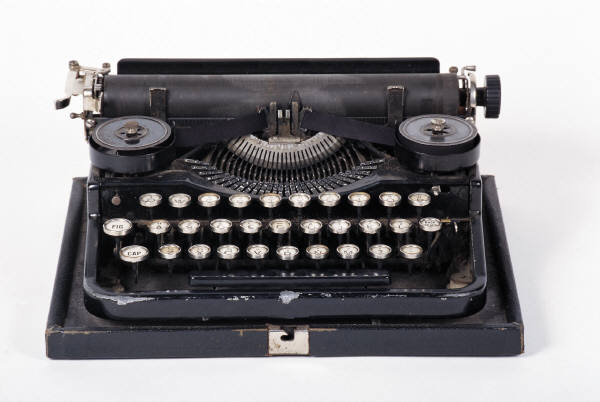I feel like many authors would agree that dialogue is both a joy and a little bit of a nuisance to write. Conversations are such critical elements in fiction, allowing the characters to meet, interact, develop, perform, discover and figure out. For all the incredibly eloquent descriptions we might pour onto a page, for all the telling we do in paragraph form, expressing action or thoughts or settings or appearances, what the characters talk about makes a story interesting, compelling, relatable and fluid.
I love writing dialogue. I love how fast it makes the writing process go, as two characters sit and debate, confide or get to know each other, whether it moves the plot along or simply allows the people to live on the page. I also love reading dialogue, the power and grace of my favorite authors and how they use language to bring their characters to life, from Elizabeth Bennett’s lively teasing of Mr. Darcy to Aragorn swearing his loyalty to Frodo. These moments stick with you, gifts of humor, credibility and emotional resonance.
The nuisance comes in when you type the last quotation mark in a gratifying half a chapter of newly-scripted dialogue, and find that you’ve ended up with about seventy-five “saids” and a half-dozen “askeds”, possibly with a few descriptive adverbs thrown in.
(N.B. I once read that you “should never” use adverbs to describe dialogue, because it’s poor writing. This means no “she said slowly” or “he said angrily.” I think this is absolute hooey, but it’s a personal call.)
Even after you’ve added or refined some wonderfully appropriate adverbs, if you’re into adverbs, all the saids can still make an exchange fall kind of flat. At least, they can for me as I’m reading my own draft.
I don’t want to imply that there’s anything wrong with said or says. Said is beautifully utilitarian for a reason. It has power and simplicity and ease. Said will never not be dialogue’s first and best friend, right along with asked. But if you want dialogue to accurately and immediately convey how everyone is saying and asking and engaging, without peppering it with too many adverbs, the key is, of course, mixing up the ever-useful plain “said” with more creative verb options.
Just looking at the list makes me excited at all the conversational possibilities it represents: furious confrontations and sweet nothings, scathing rebukes and desperate confessions.
While editing recently, I kept having to stop and turn to my thesaurus to rework an abundance of saids, looking for the best choices to move the dialogue along. I tend to reach first for the same alternative verbs — admitted, agreed, added — and that doesn’t exactly help with variation or nuances. For those of us who write in English, the language offers a bewildering wealth of delicious verbs, too many for me to remember without a little help.
As both an entertaining exercise and a shortcut, I started a reference document of verbs that work in dialogue and a few alternate options for each, to help me quickly choose the right one without digging through extraneous synonyms. It’s grown to more than four pages so far, and will probably end up being longer as I think of and discover more. Just looking at the list makes me excited at all the conversational possibilities it represents: furious confrontations and sweet nothings, scathing rebukes and desperate confessions. I’ll include the current version of it below for anyone who might find it useful, with a caveat that it’s in past tense as that’s my preferred style.
I find the challenge of maintaining a balance in fiction writing to be one of the most interesting and time-consuming aspects of it, especially in the editing process. Not overusing words or phrases (or if you do, being able to catch them), ensuring that your voice is consistent throughout, fully fleshing out each character without over-explaining them, creating a continuous and believable pace and flow for the reader.
Especially in dialogue, that balance can require a lot of tweaking to achieve, no matter how fast and fun it was to initially write. That might include saying something out loud to make sure it sounds authentic (I do this a lot), throwing in or yanking out a couple of adverbs and/or replacing some of your saids and askeds with “demandeds” or “drawleds” or “blustereds”. But however long it takes, it’s definitely worth the effort to develop such a significant element of the story.
(If you have a favorite verb or a suggestion for the list, please comment with it so it can be added!)
“Happy writing!” she concluded cheerily.
–Emily
Download Emily’s Dialogue Verb Guide
I’m finally on Instagram! Follow me @emilysenecalbooks.

I, too, agree that the ‘no adverbs’ rule is just meh, because plenty other writers have used it to great success. Anyway, I’m the type of person who sticks to saids and asks, with no dialogue tags or action beats peppered in between. Am boring like that. Thanks for this post, by the way!
LikeLike
I love hearing that your writing style is intentionally clean and straightforward; it’s all completely contextual, personal and subjective, which is part of what makes writing (and all art) so exciting. Thanks for the validation and for reaching out! It’s such a pleasure to connect with creative people, and I really appreciate how honest, raw and thoughtful your posts are.
LikeLiked by 1 person